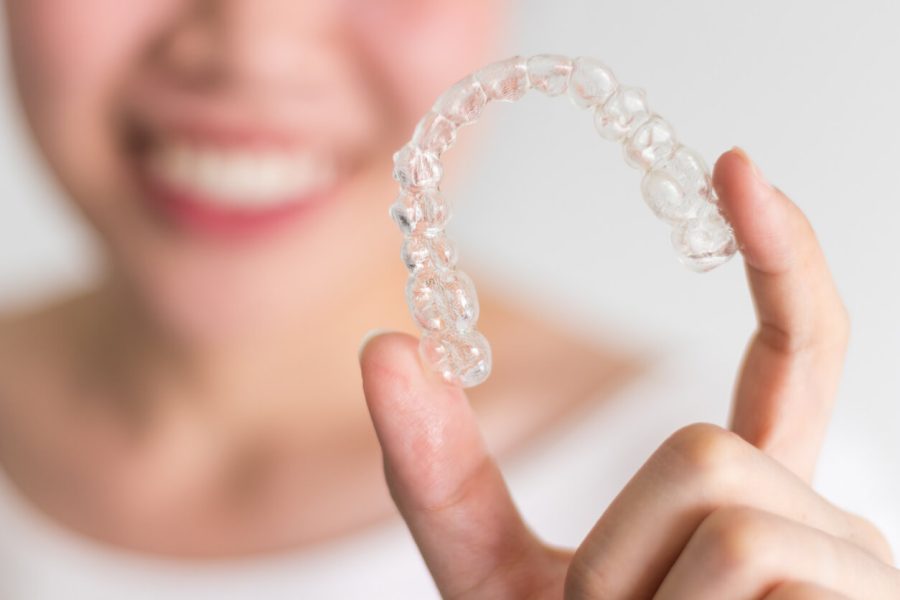The norm for tooth color has changed. Teeth are whiter than ever before. Even professional color guides have been updated to reflect the lighter, brighter, and whiter shades. But, it is important to note that the first step toward whiter teeth is an evaluation and professional teeth cleaning.
The evaluation determines the current shade of your teeth and detects whether any stains are internal or external. Stains that are external are typically due to bacteria or other outside factors like smoking. These stains can be removed with a professional dental cleaning. However, internal stains will not lighten with a dental cleaning. Fortunately, there are several options toward lightening stains that have penetrated the tooth’s surface.
It is essential to limit behaviors that darken teeth throughout the whitening process. Coffee, tea, and red wine all leave their mark on your smile. People should pay close attention to avoiding foods that stain teeth, like blueberries, in order to facilitate rapid results when whitening your smile. Immediately after whitening, the teeth are especially receptive to color. It is important to remember that the whiter the food, the whiter your teeth will become. Therefore, it is recommended to eat foods like skinless chicken, cottage cheese, white fish, and plain yogurt.
Aside from a change in your diet, there are also several other ways to whiten your teeth. The type of stain determined by your dentist will determine which method would work best for you. However, in some instances, time may be a factor, and certain lightening processes will give more immediate results.
5 Ways to Whiten
1.) Over the counter whitening strips. Often thought of as the most simple approach to whitening teeth, these strips are affordable and can purchased at most local drug stores. However, the process must be done correctly and can take several weeks before results are noticed.
2.) Custom made professional whitening systems. With custom made trays and whitening gel, this system allows the patient to manage and control the whitening process. Professional whitening systems are designed to lighten by repetitive daily use. Time options for daily use include 15 minutes, 30 minutes, several hours, or overnight procedures. Proper and daily use are the key to this systems success. Generally, after two weeks the teeth are noticeably whiter.
3.) In office whitening systems like BriteSmile or Zoom. These methods offer one visit teeth lightening. Patients who have pre-whitened at home often achieve dramatic results. The process typically takes roughly two hours. However, it is also recommended that the patient continues at home whitening to keep the teeth light or increase the results. Because of its more immediate results, this option is popular for individuals with an upcoming event.
4.) KOR Whitening. This system is an ideal option for deeply stained teeth. It requires an in-office pre-conditioning, uniquely-designed individual trays for overnight use at home for two to eight weeks, followed by an in-office whitening. Teeth previously considered impossible to lighten can be whitened with KOR Whitening. Absolute patient compliance is key to attaining these life changing results.
5.) Tooth Repair and Crowns. A non-vital tooth has lost its vibrancy. Many times this tooth has died due to injury, decay, or a root canal procedure. Internal bleaching may temporarily lighten the tooth. However, in order to fully restore the tooth’s beauty, a crown is constructed that will match the color of the adjacent teeth. Unfortunately, crowns do not lighten. Therefore, it is important to lighten all adjacent teeth and have the color of the crown match those teeth prior to placing the crown.
There is an additional benefit to whitening teeth aside from a more radiant smile. After taking the time and effort to lighten your teeth, people often take better care of their dental and oral health. And as we all know, a healthy mouth promotes a healthy body.




